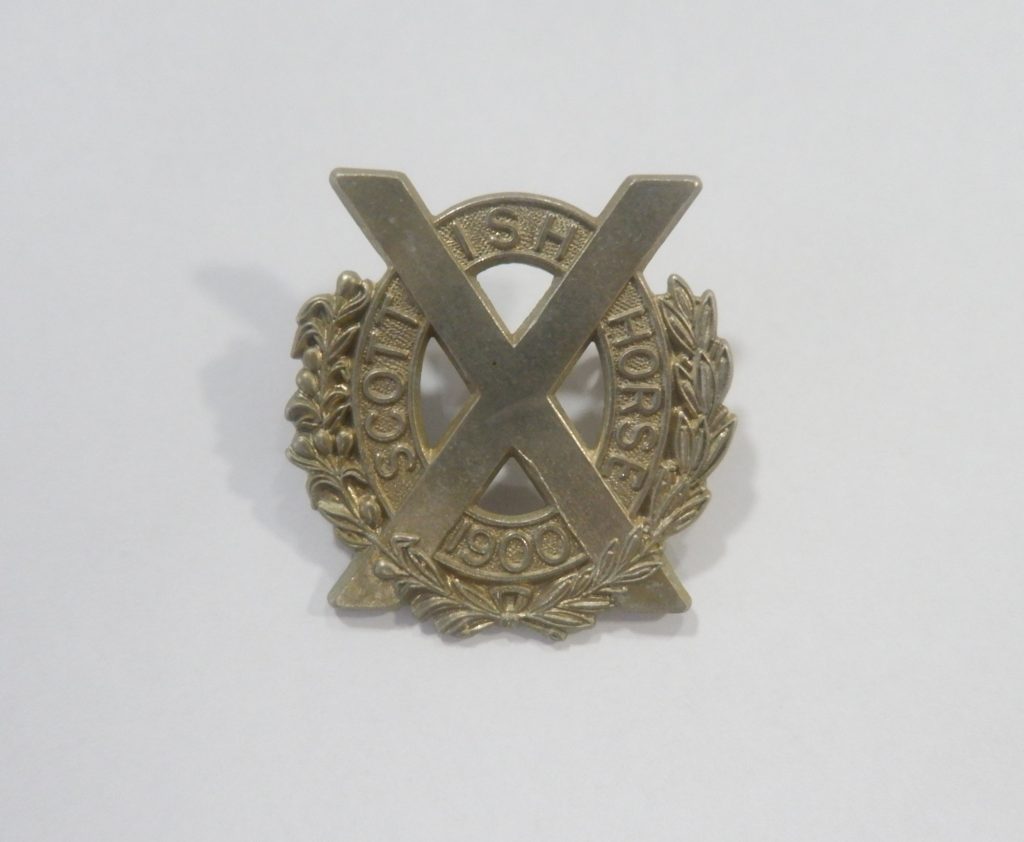


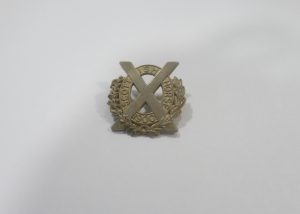
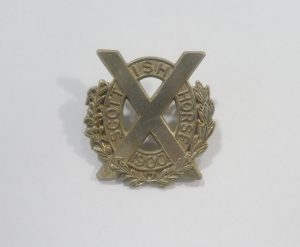
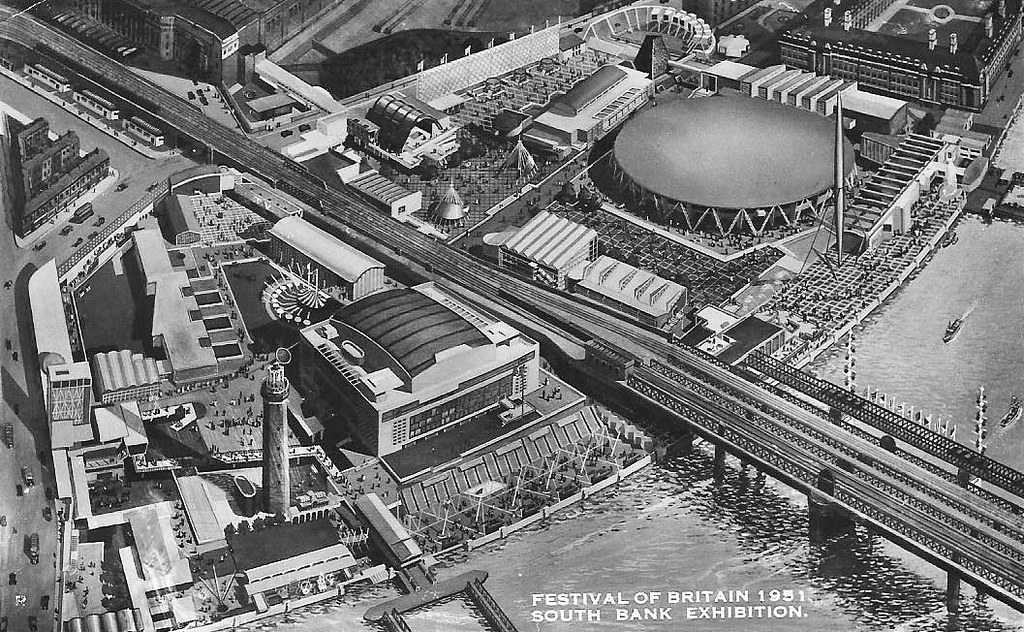
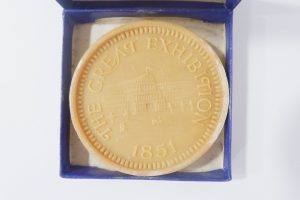
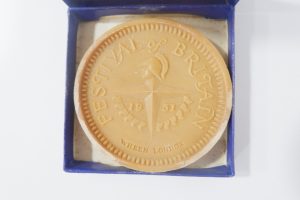
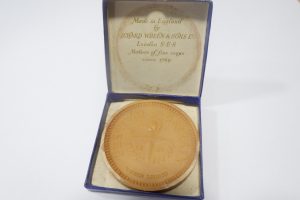
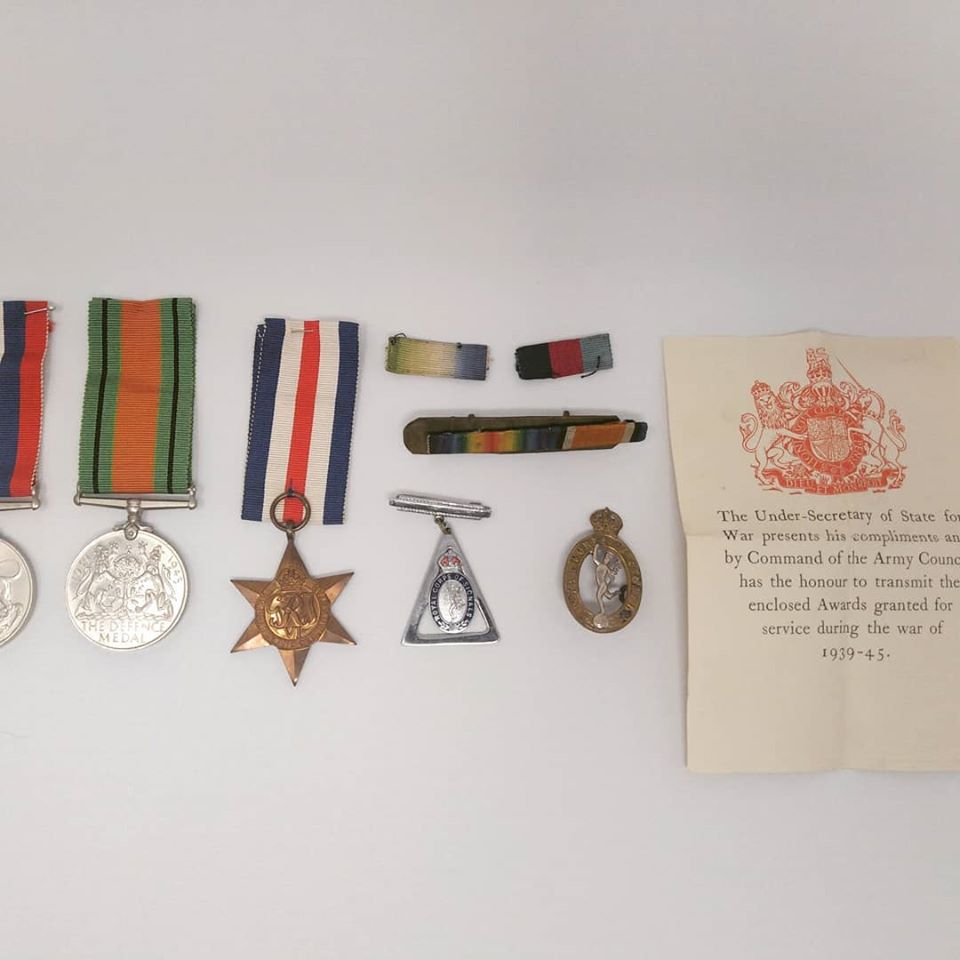
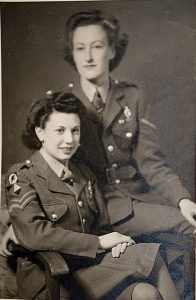
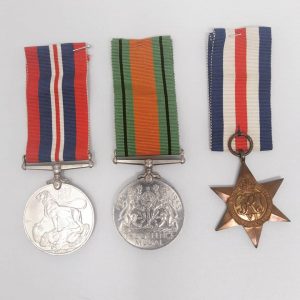
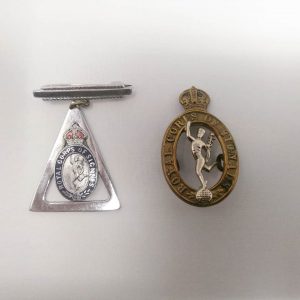
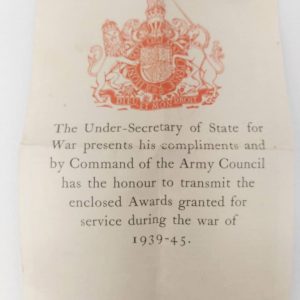
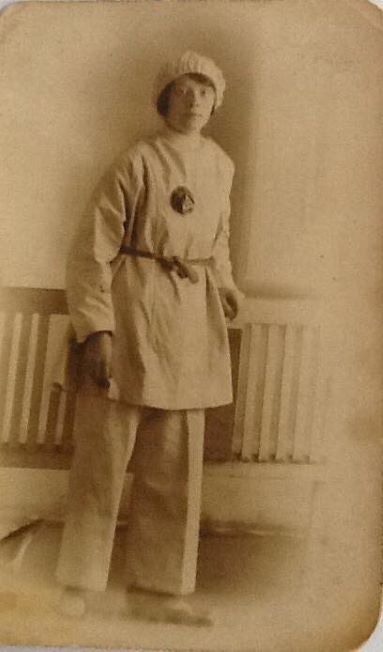
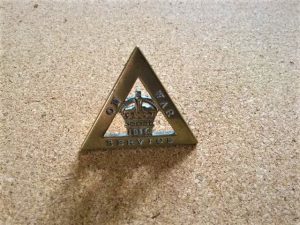
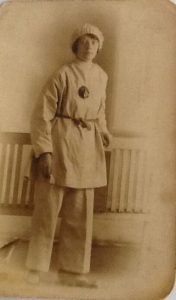
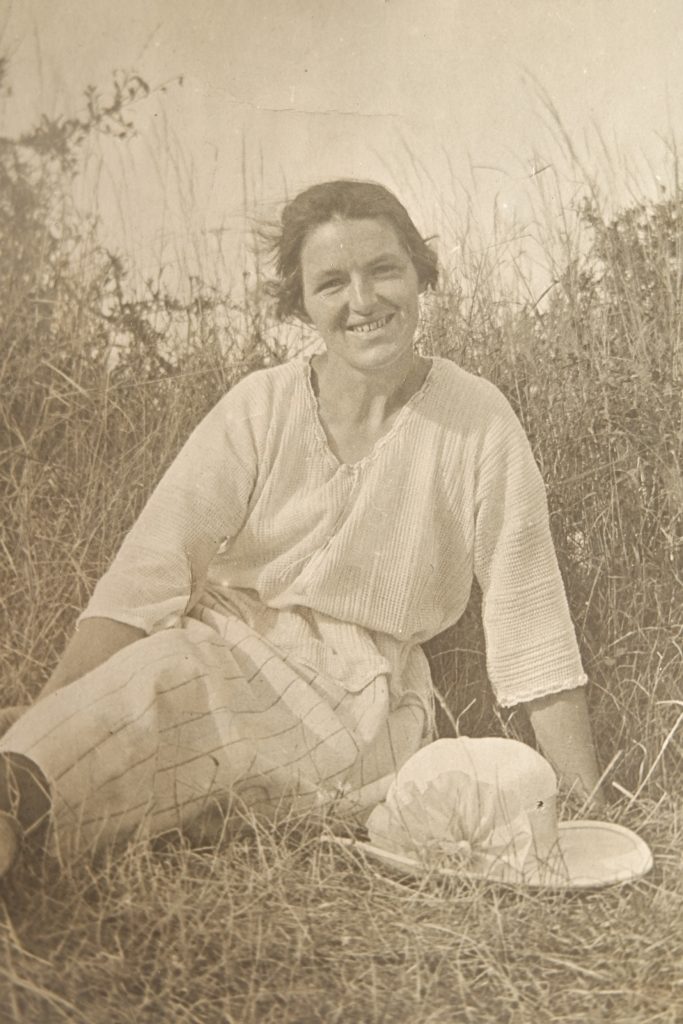
Jake Mitchell, a student at Annan Academy, volunteers at The Devil’s Porridge Museum at the weekend as part of his Duke of Edinburgh award. This weekend, he looked at a recent object donation and wrote this blog for the Museum’s website about it.
This week we were gifted some very interesting objects from a lady whose grandparents both worked at H.M. Factory, Gretna. One of the objects was a Factory Rule Book owned by her Grandfather (his name and address in the Mossband section of the Factory can be seen at the top).
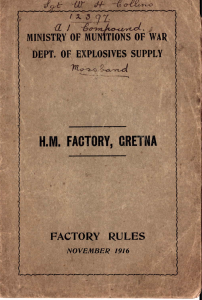
Amongst the general rules is one which states that spitting is banned throughout the Factory! The First Aid rules are quite comprehensive (as might be expected, this was dangerous work!)
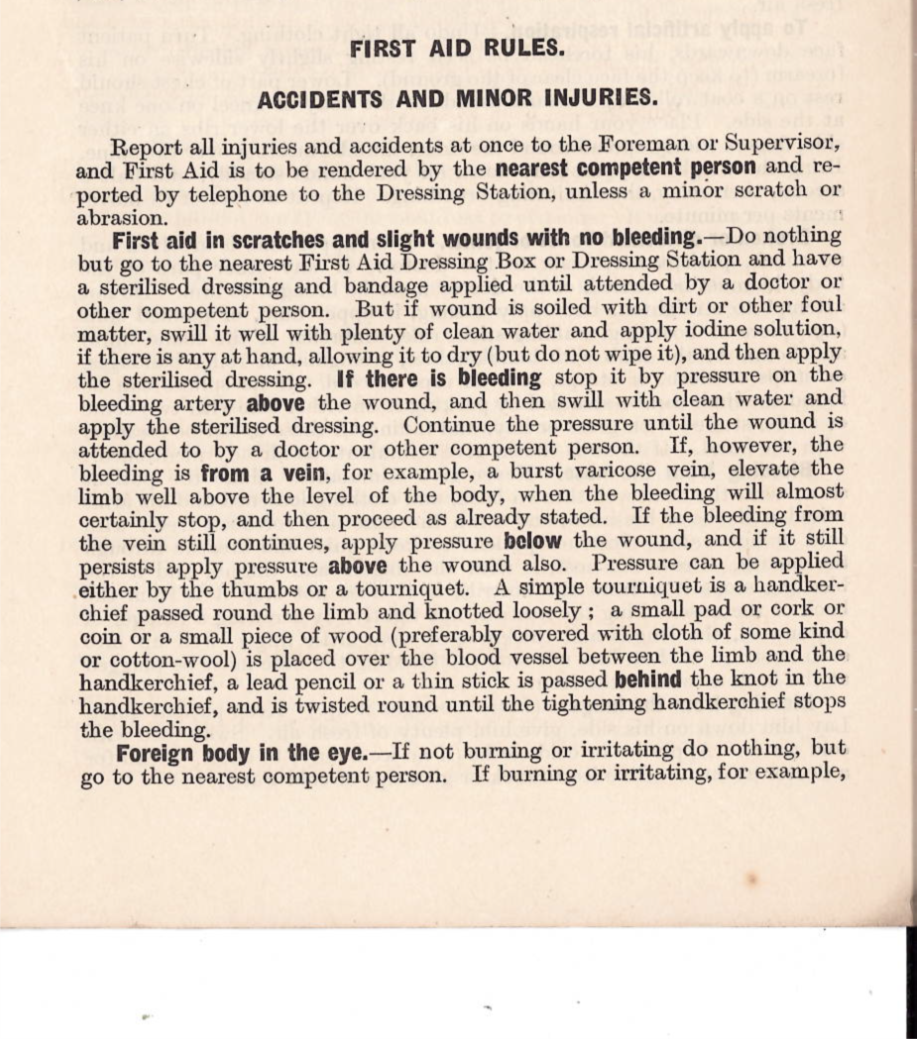
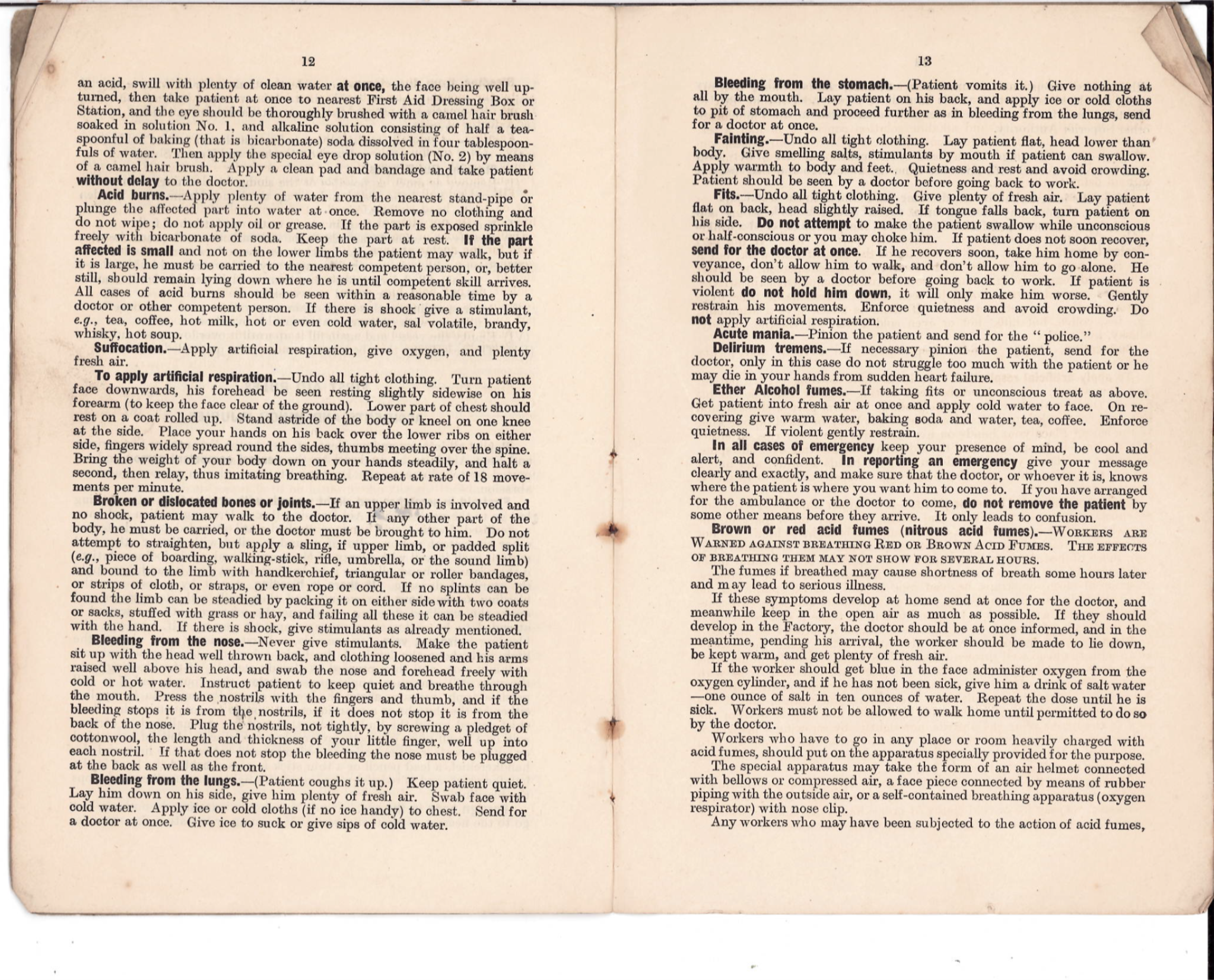
Also gifted to the Museum were photographs of the donor’s maternal grandmother and grandfather along with their biographical information.
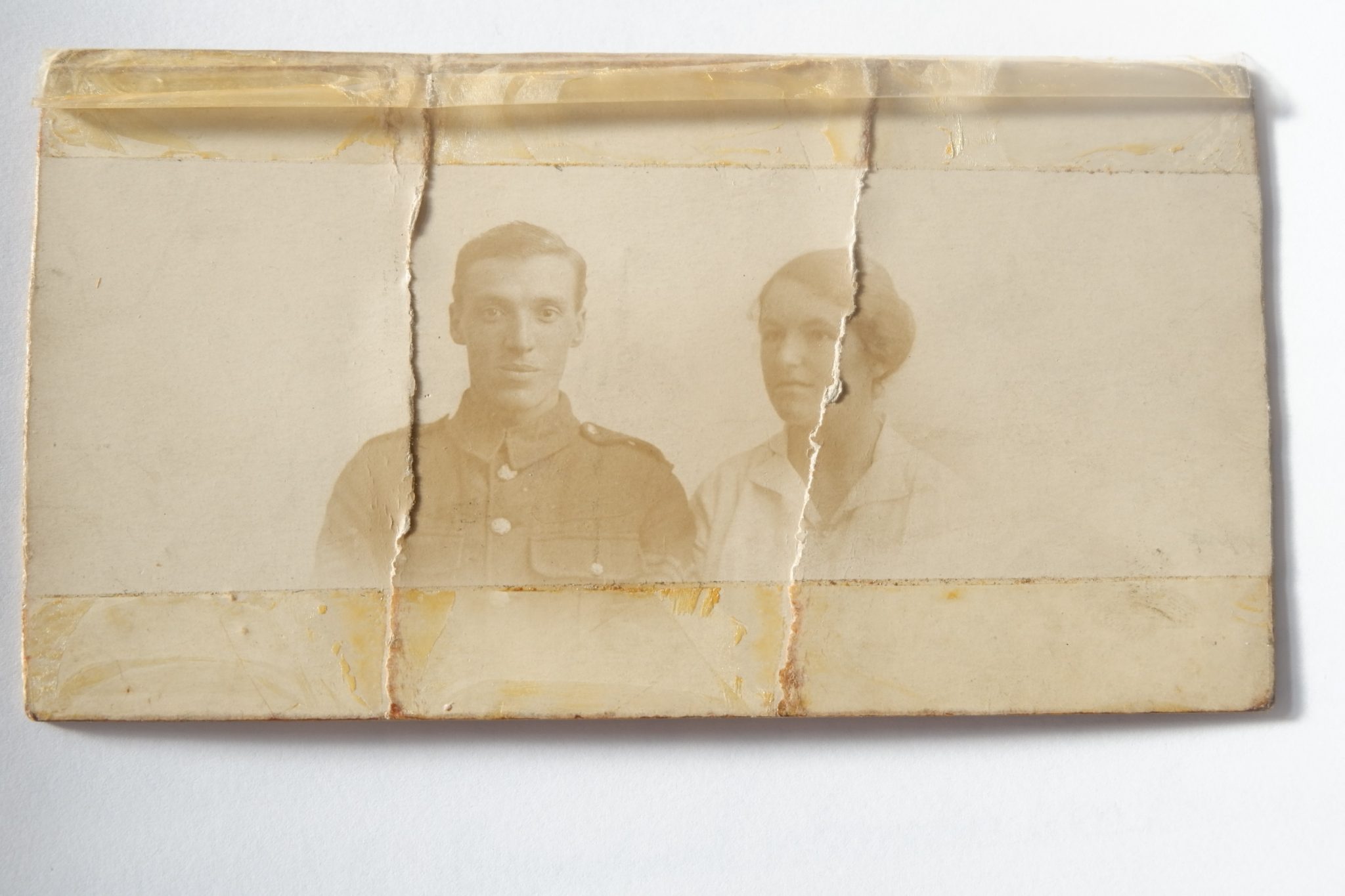 William Henry Collins was born on 24 September 1894 in Colchester, Essex. He joined the Royal Engineers in 1914 and met Anne Smith in 1916 when he was stationed in Gretna. He married Anne Smith on 7 July 1917 in Southsea. They had 4 girls in Colchester during their marriage. They moved to Beeston, Nottingham where he worked at Wilford Power Station. He died on 26 October 1981 in City Hospital, Nottingham at the age of 87.
William Henry Collins was born on 24 September 1894 in Colchester, Essex. He joined the Royal Engineers in 1914 and met Anne Smith in 1916 when he was stationed in Gretna. He married Anne Smith on 7 July 1917 in Southsea. They had 4 girls in Colchester during their marriage. They moved to Beeston, Nottingham where he worked at Wilford Power Station. He died on 26 October 1981 in City Hospital, Nottingham at the age of 87.

Anne Smith was born on 21 December 1898 in Fraserburgh, Aberdeenshire. Her mother died in 1909 and she went to live with her father’s parents in Buckie. She met William Collins in Gretna where she was working at the munitions factory. She married William Henry Collins on 7 July 1917. They had four children during their marriage, moving from Colchester to Beeston where she lived until she died on 4 January 1997 at the age of 98.
We are so grateful for this generous donation which helps us to understand more about what happened here in World War One.
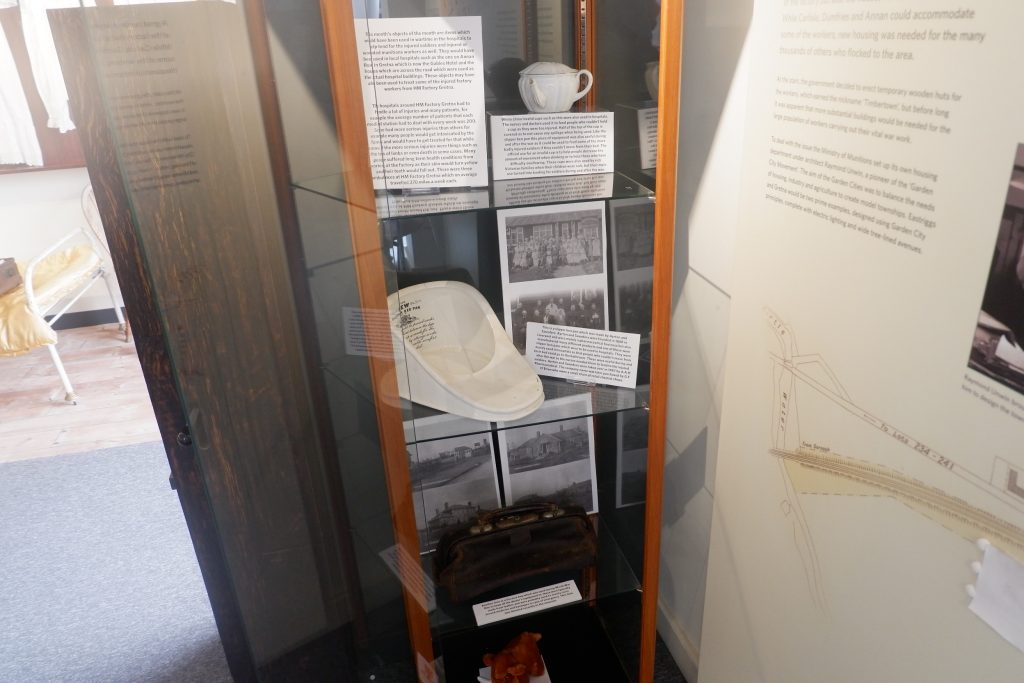
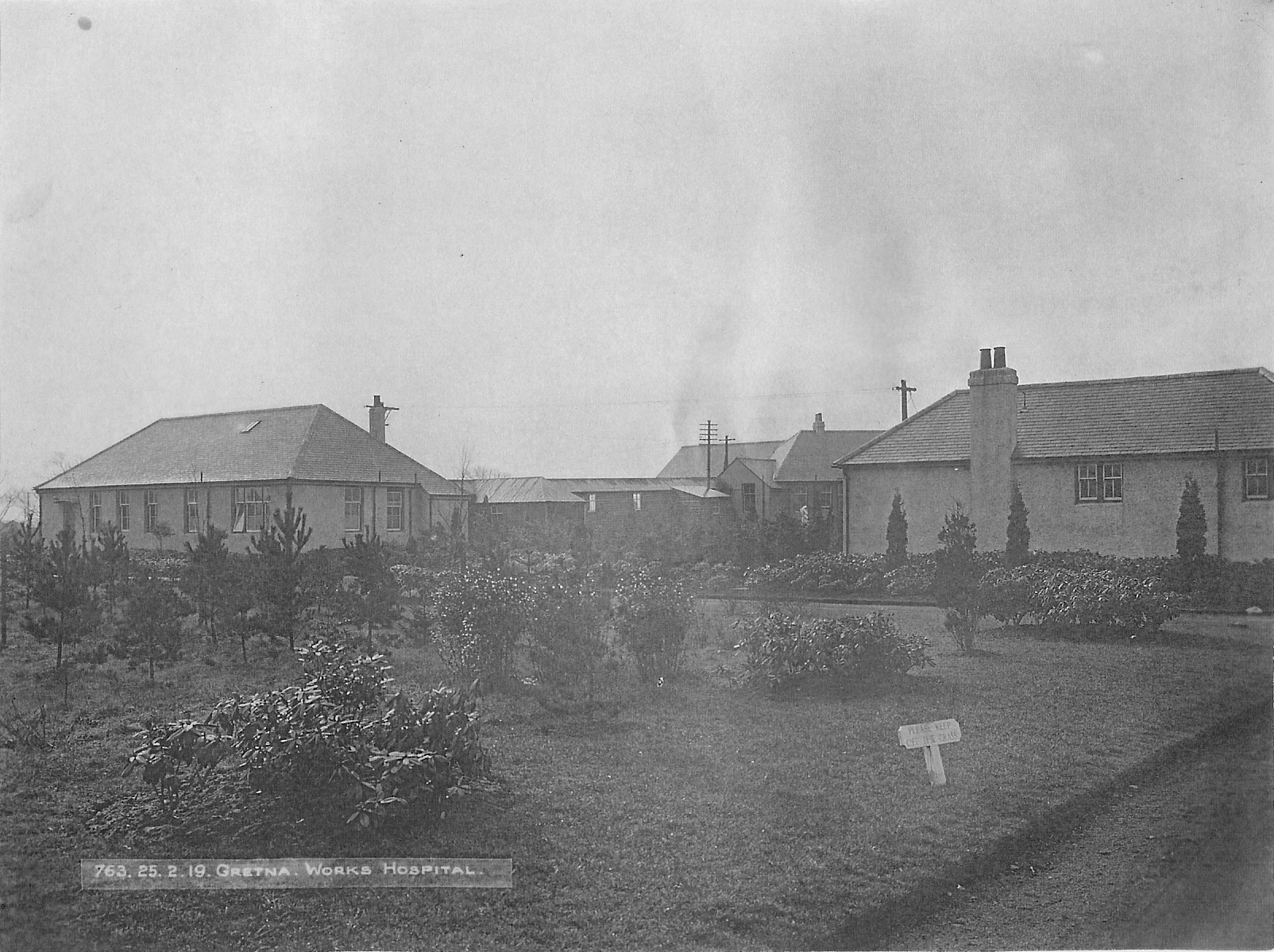
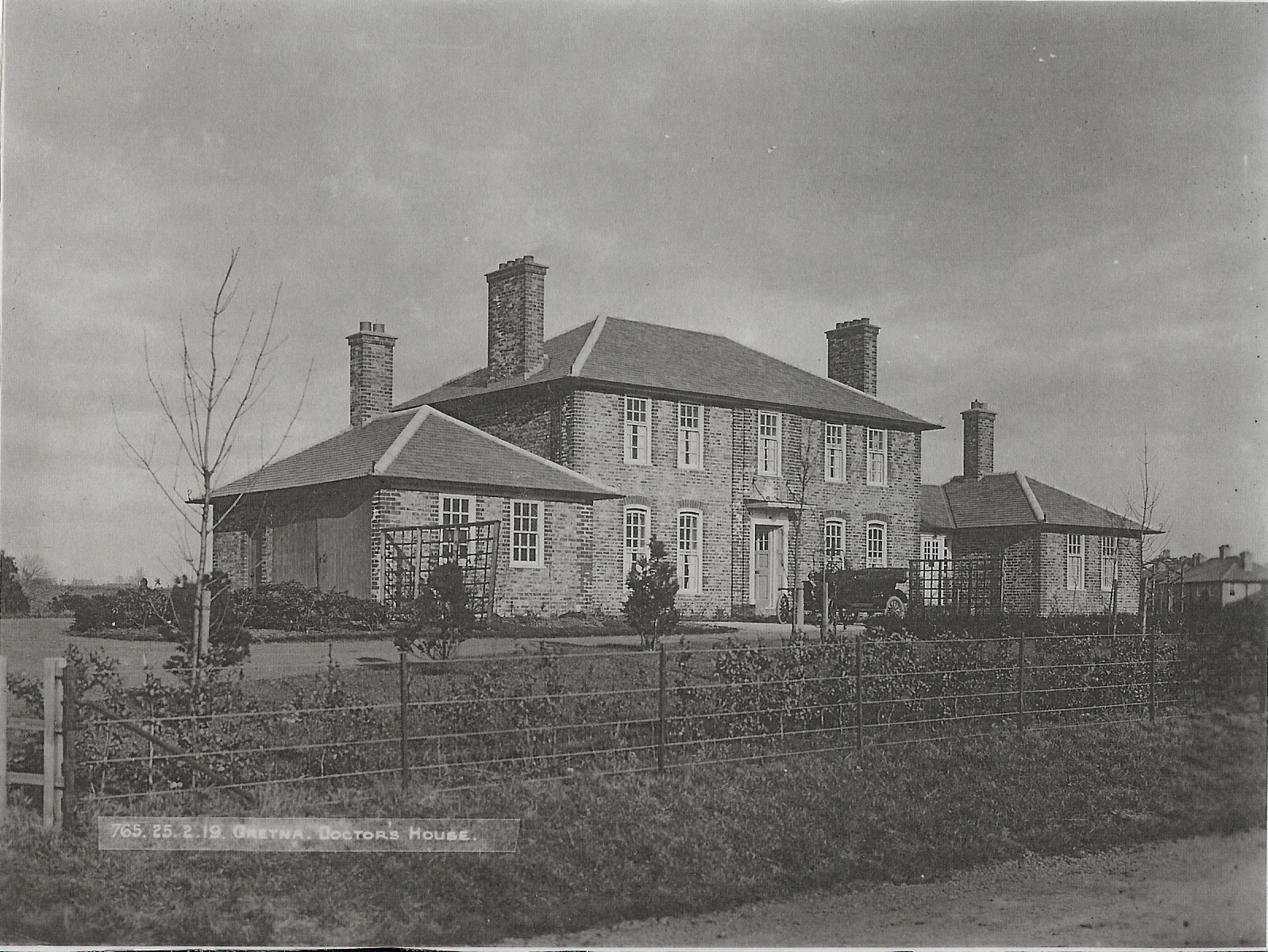
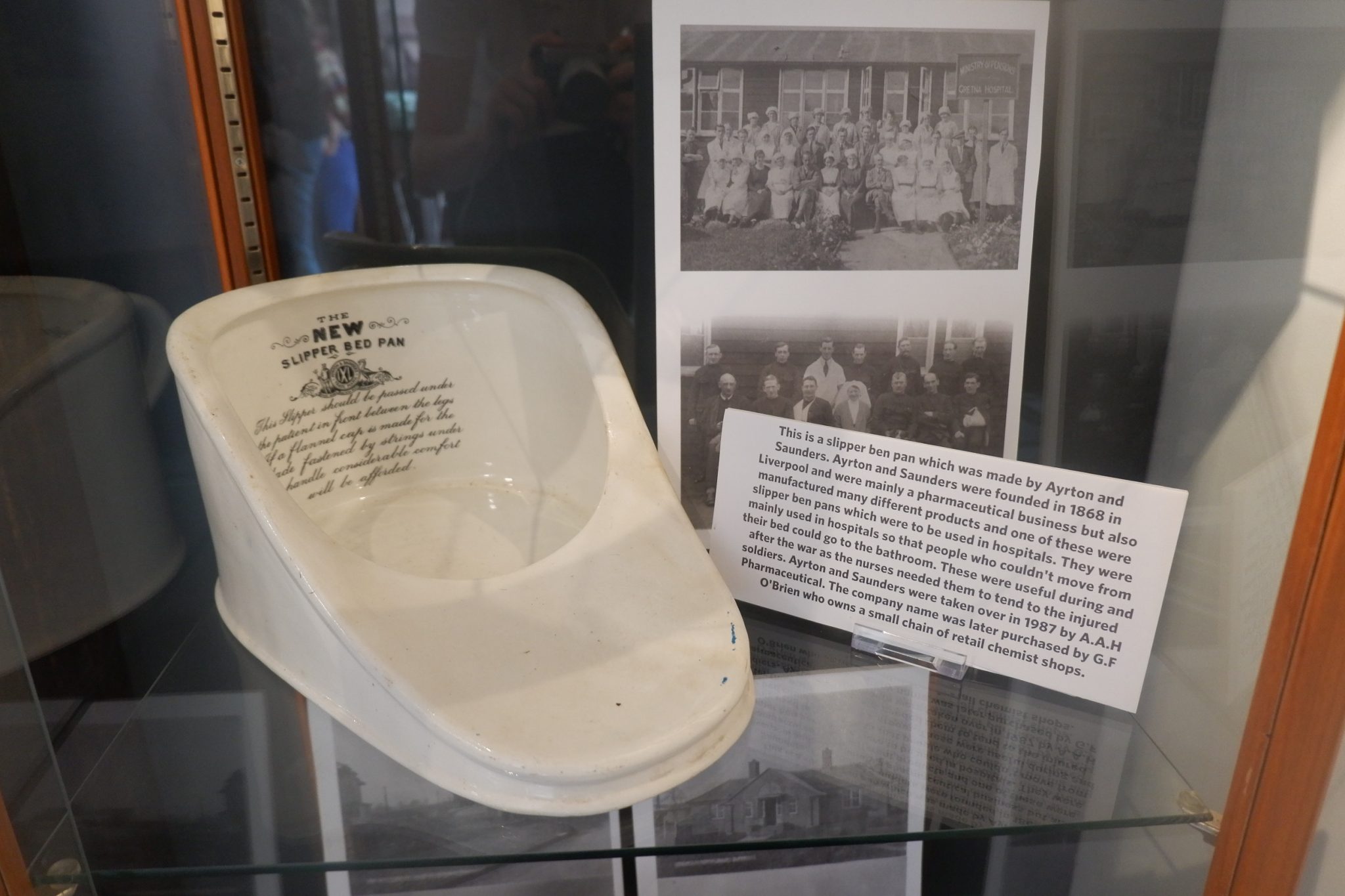
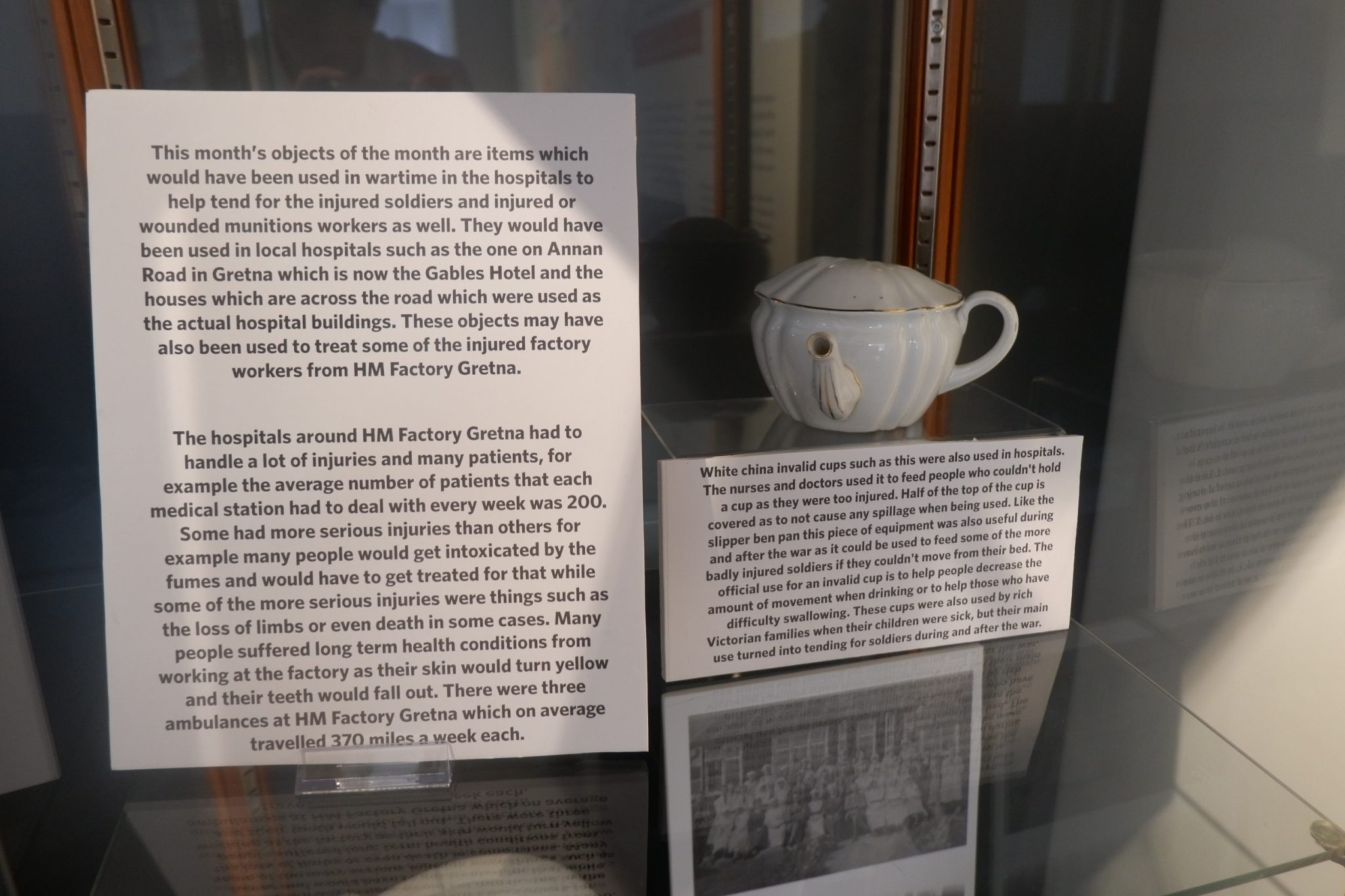
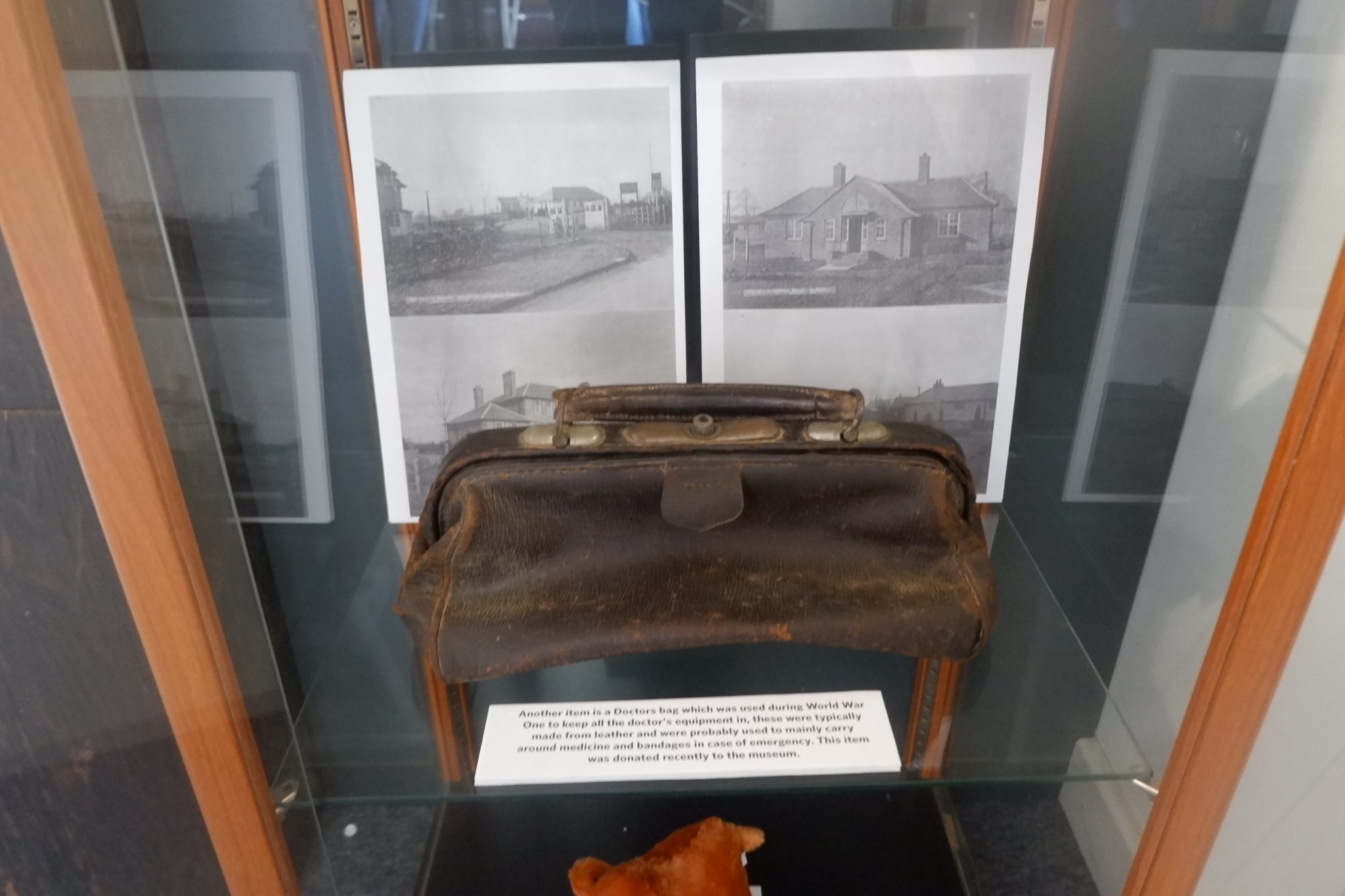
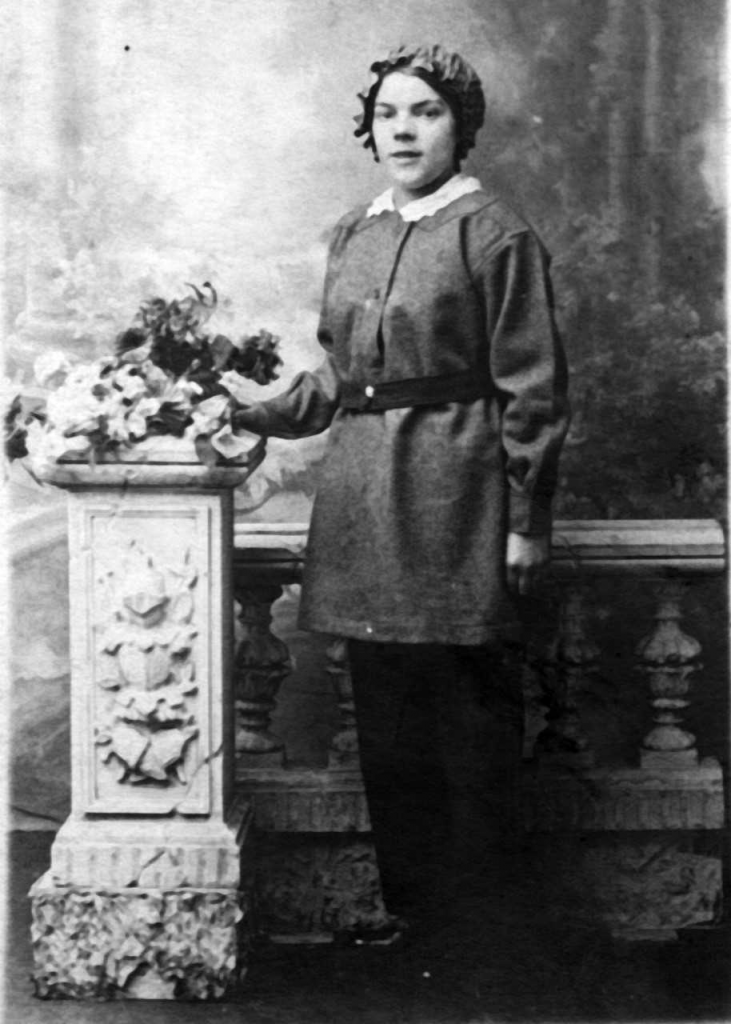
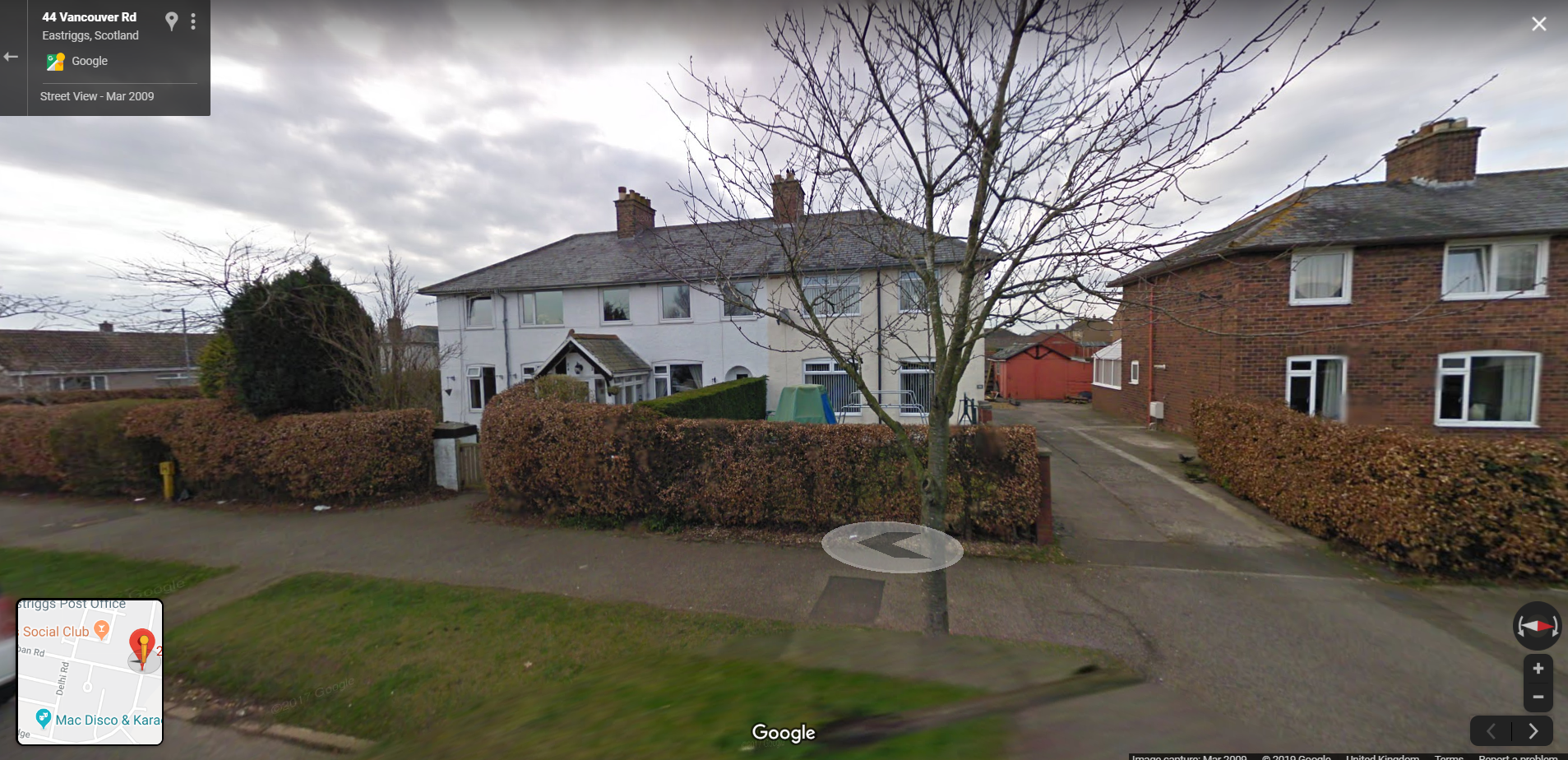
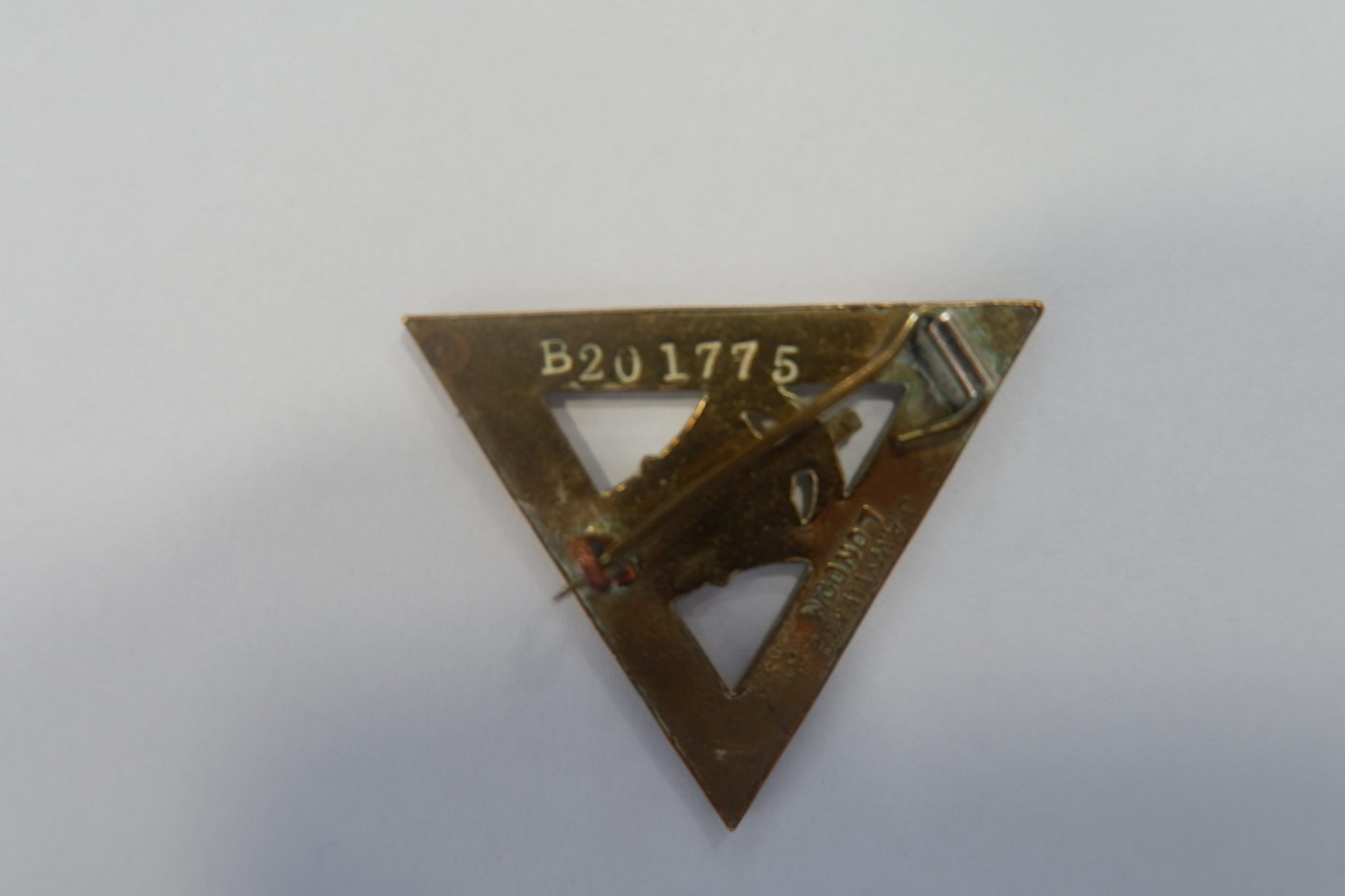
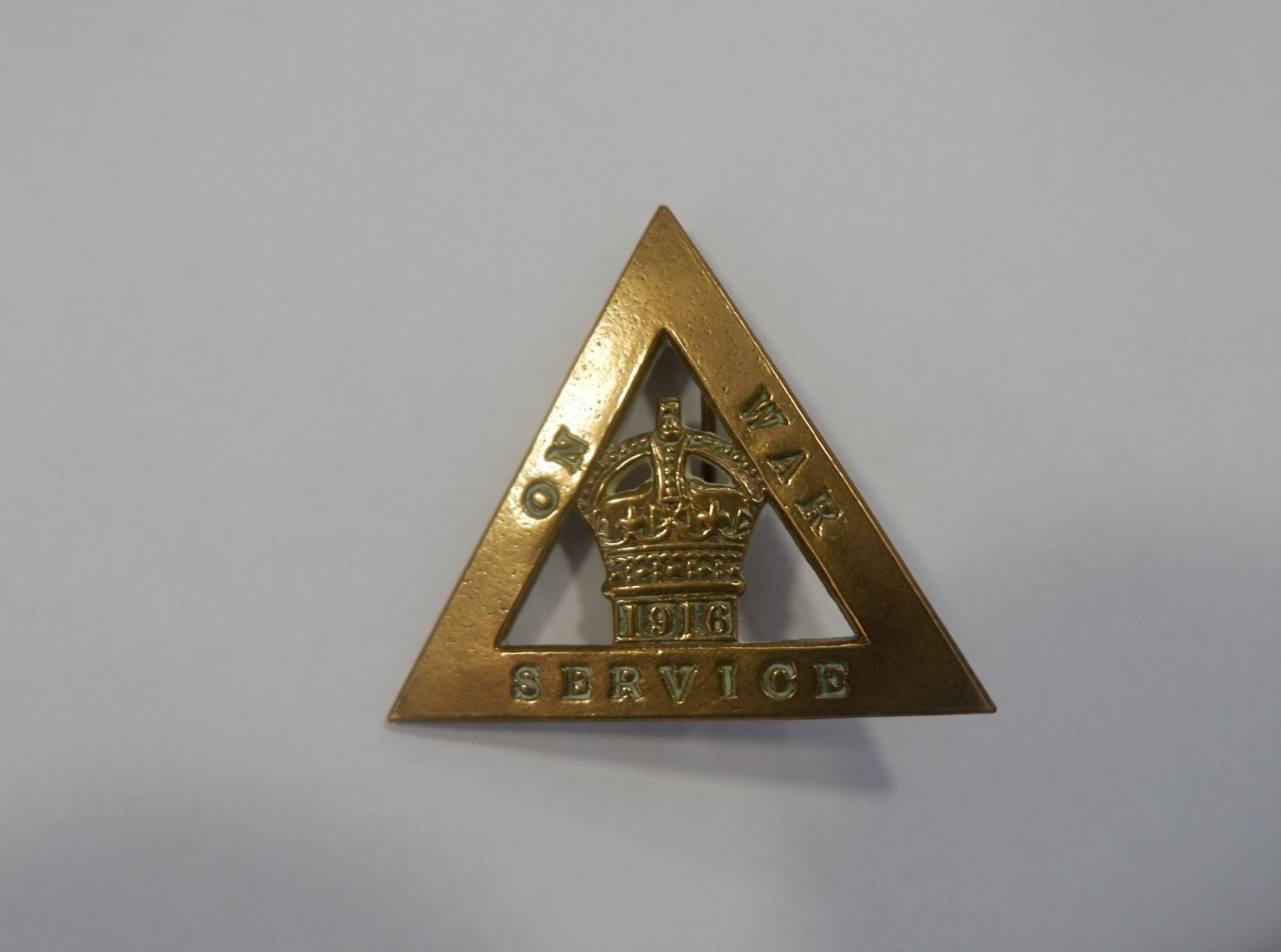
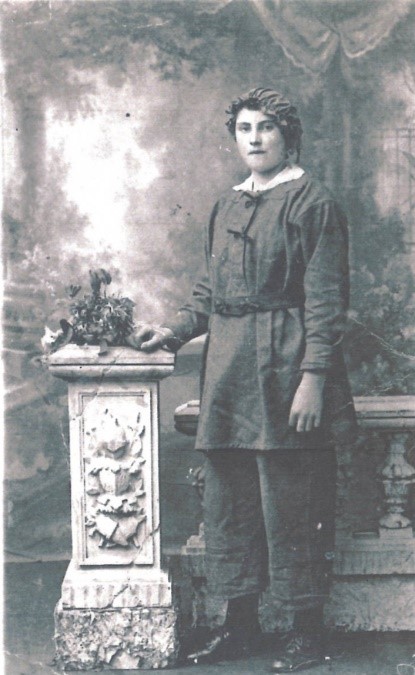
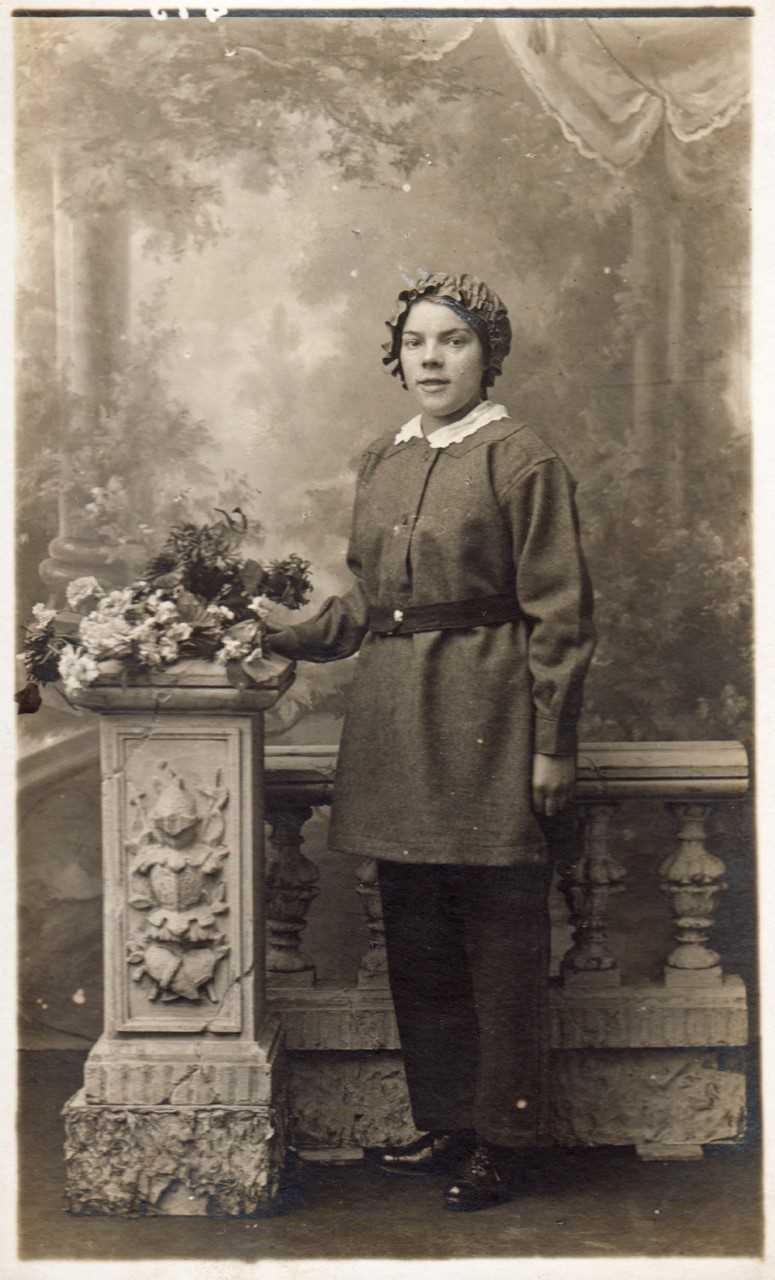
The backdrops of the photos are the same. This means that the photos which were donated are ones of people who worked at HM Factory Gretna.
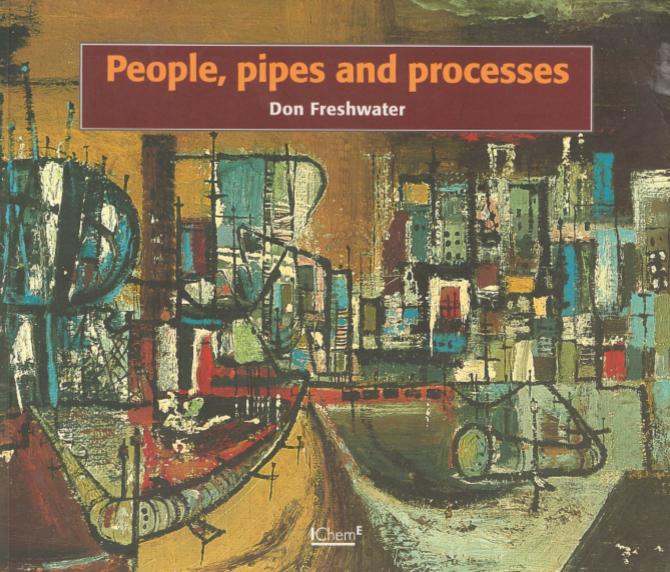
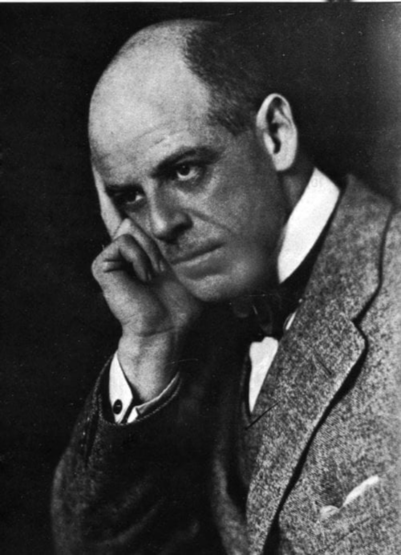 KBQ was born in New Jersey in 1878. KBQ had a normal schooling but no higher education. He spent some time aboard a sailing ship and then joined his uncle in 1890 at an industrial explosives factory in Pinole, California. He spent 10 years there learning on the job with his uncle.
KBQ was born in New Jersey in 1878. KBQ had a normal schooling but no higher education. He spent some time aboard a sailing ship and then joined his uncle in 1890 at an industrial explosives factory in Pinole, California. He spent 10 years there learning on the job with his uncle.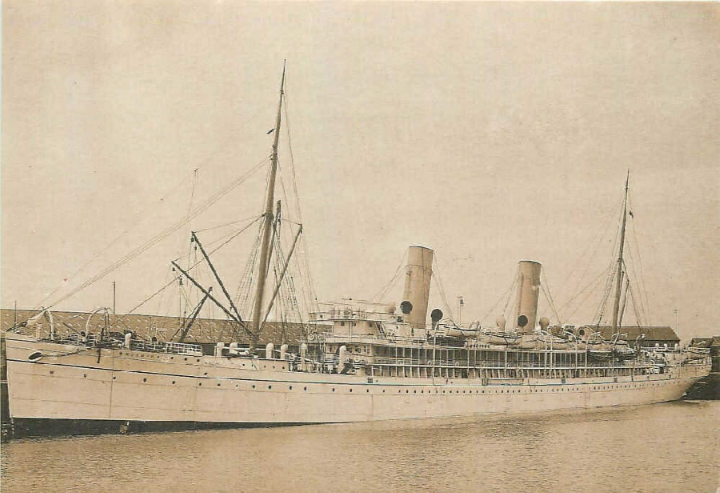 Quinan was put in charge of the Factories Branch of the Ministry of Munitions (about 20 factories in total). He worked seven days a week throughout the War and was mainly based in London in his offices at Storey’s Gate.
Quinan was put in charge of the Factories Branch of the Ministry of Munitions (about 20 factories in total). He worked seven days a week throughout the War and was mainly based in London in his offices at Storey’s Gate.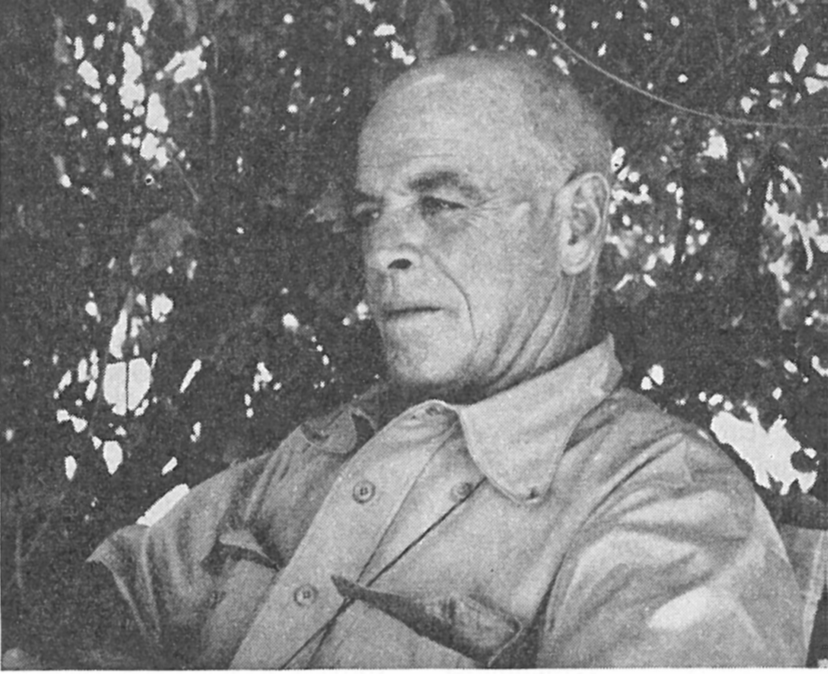 On the 31st of December he married Jean Pargiter and they had two sons. He then retired on his fruit farm in Somerset West where he built a laboratory and dedicated himself to grape production. Then in 1942 he was invited by the British Government to be Senior Representative in South Africa for Chemical Defence Matters, he worked tirelessly in munitions manufacture again. Unfortunately then on January 26th at 11am 1948 he collapsed and died at his desk in his office.
On the 31st of December he married Jean Pargiter and they had two sons. He then retired on his fruit farm in Somerset West where he built a laboratory and dedicated himself to grape production. Then in 1942 he was invited by the British Government to be Senior Representative in South Africa for Chemical Defence Matters, he worked tirelessly in munitions manufacture again. Unfortunately then on January 26th at 11am 1948 he collapsed and died at his desk in his office.
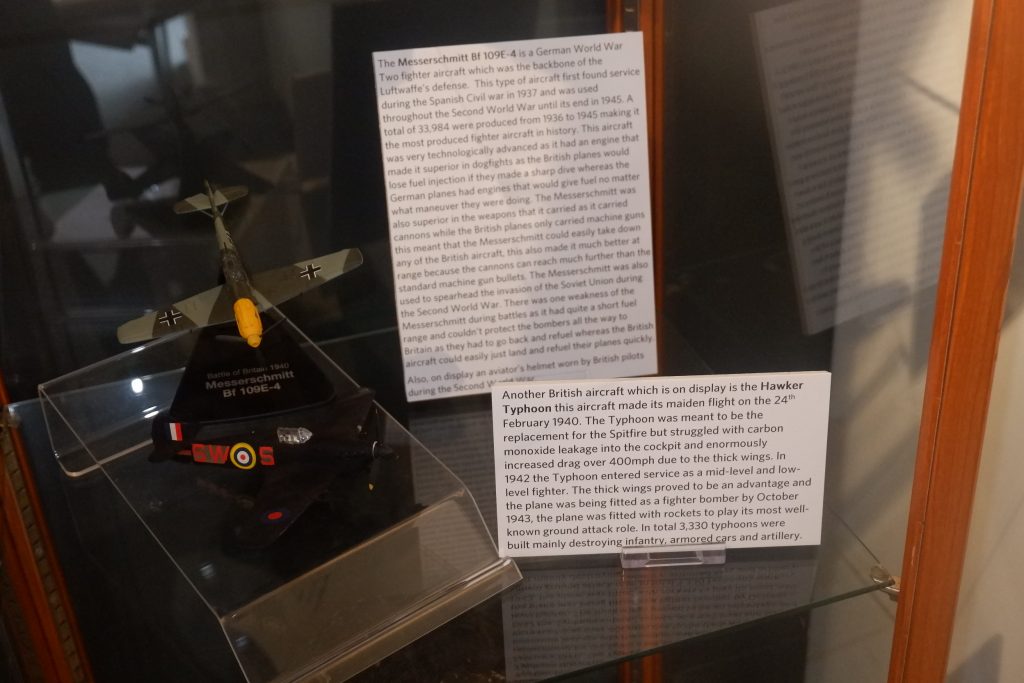
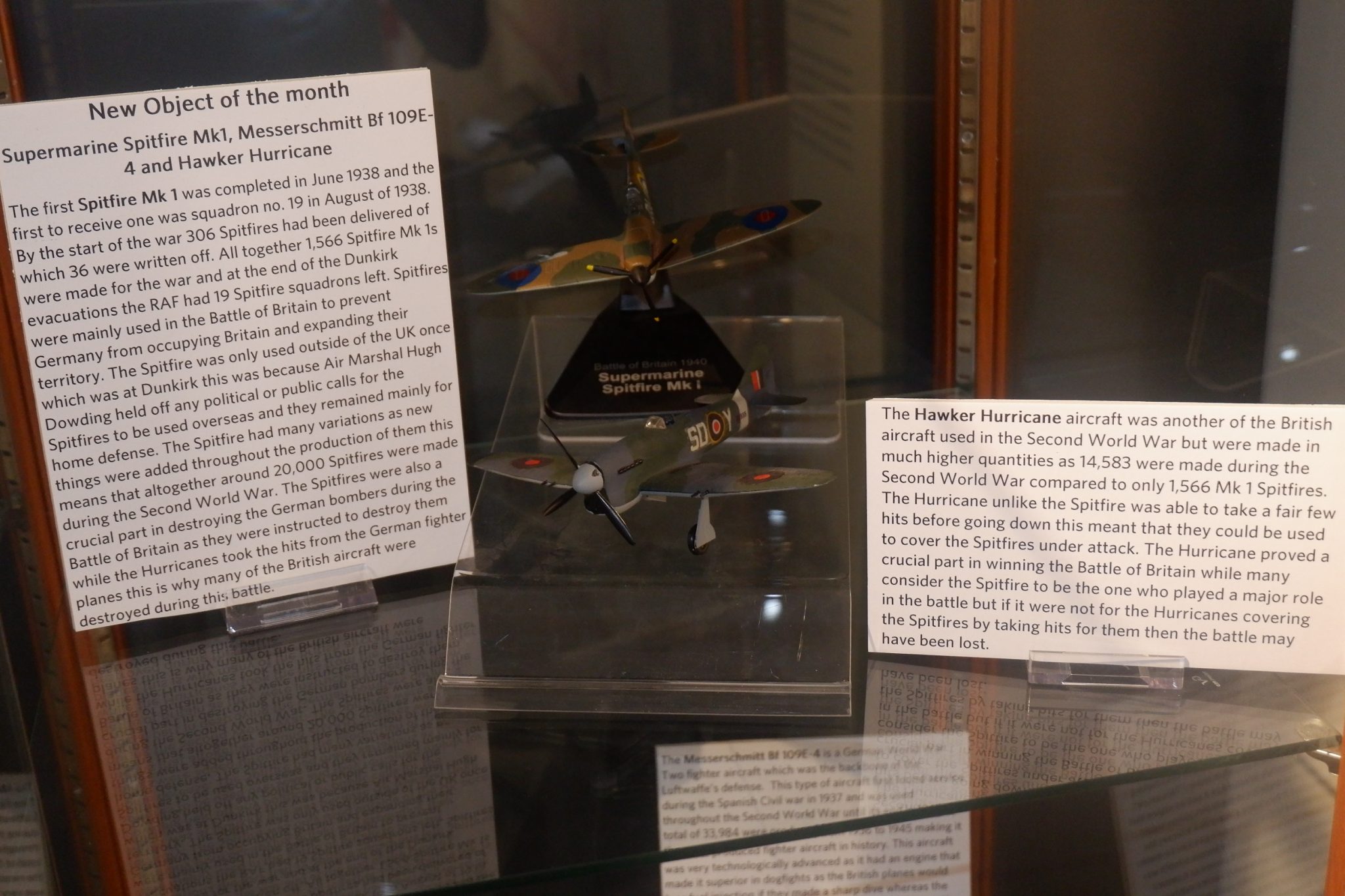

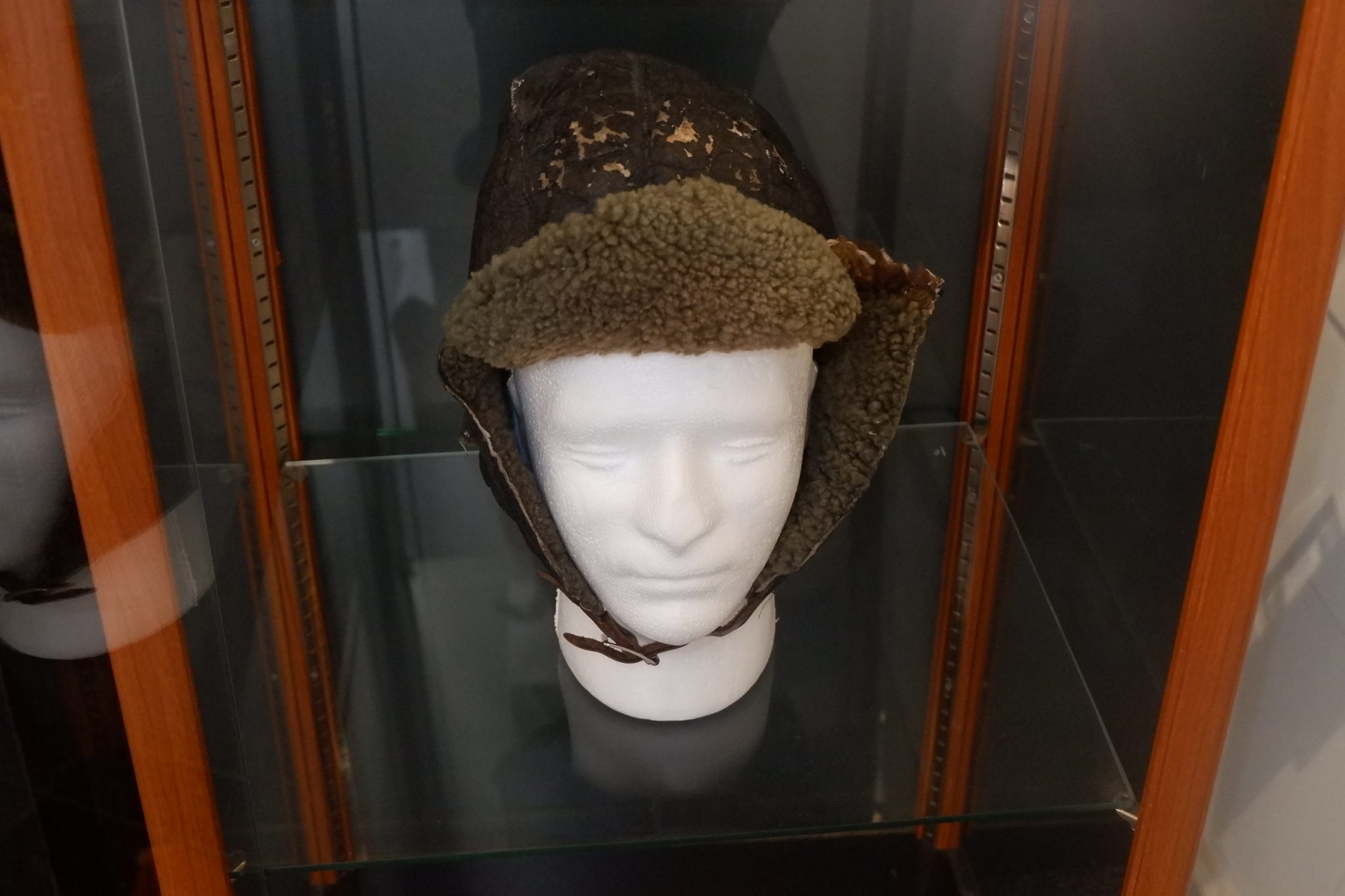
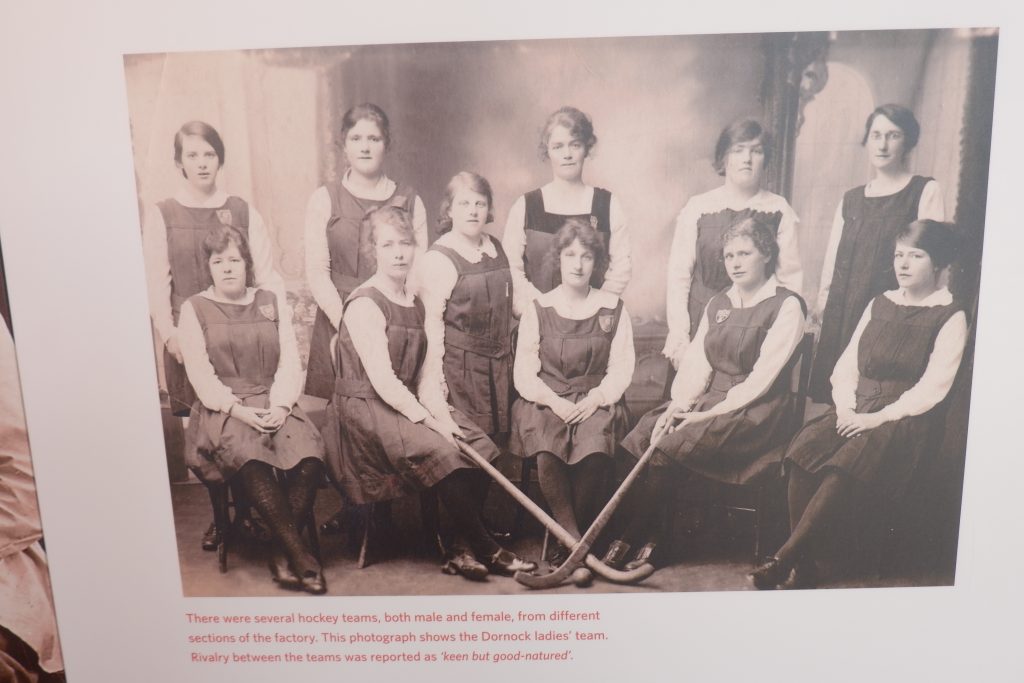
A recent visitor to the museum was intrigued by this photo, which we have on display in our ground floor gallery. It shows the Girls Hockey Team from HM Factory Gretna in World War One.
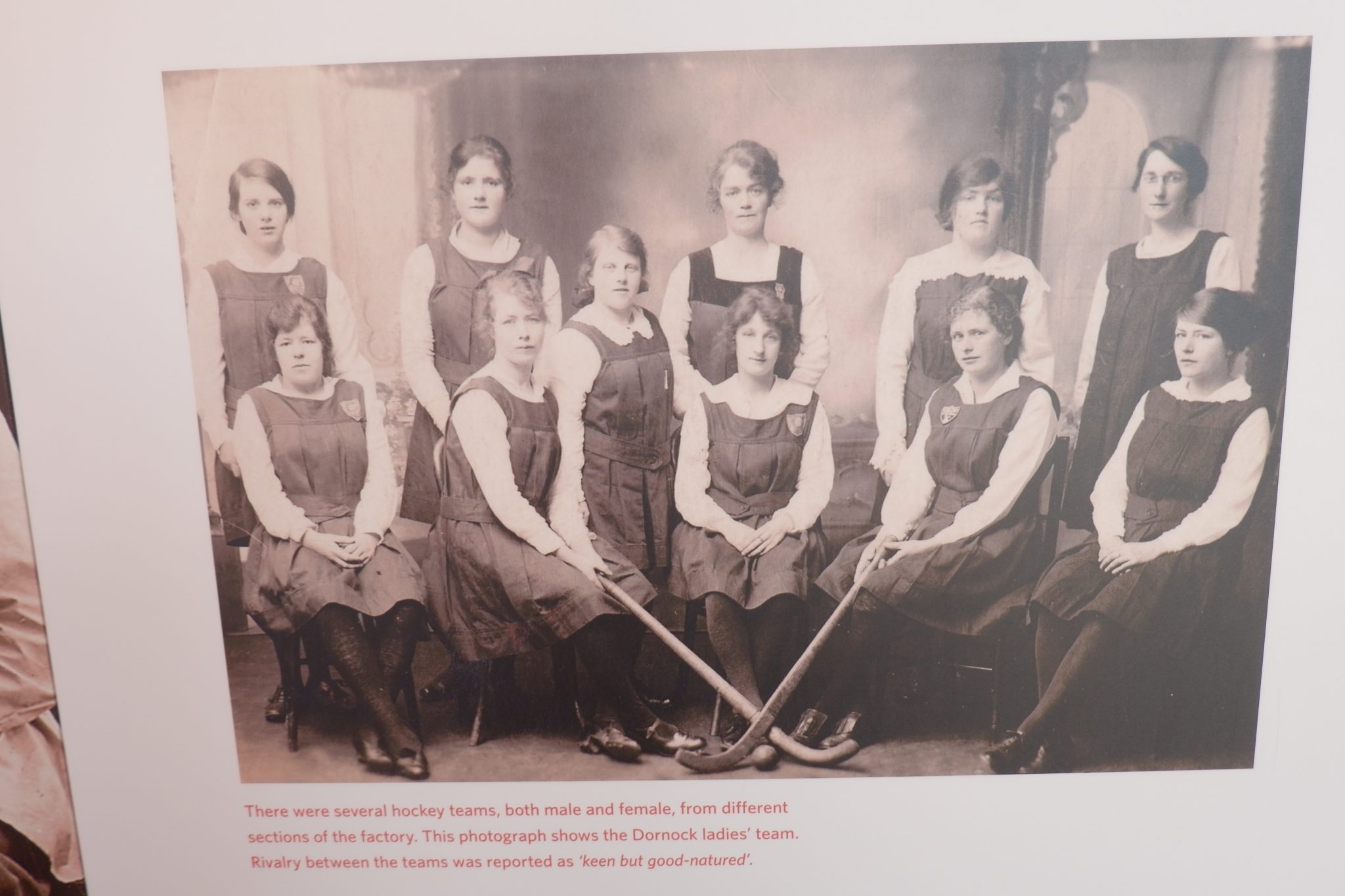
The visitor wondered if one of the women pictured may have been Evelyn Perry. Evelyn was appointed Physical Training Instructor at Gretna in 1917 as this page from the book ‘Challenge of Change’ recounts.
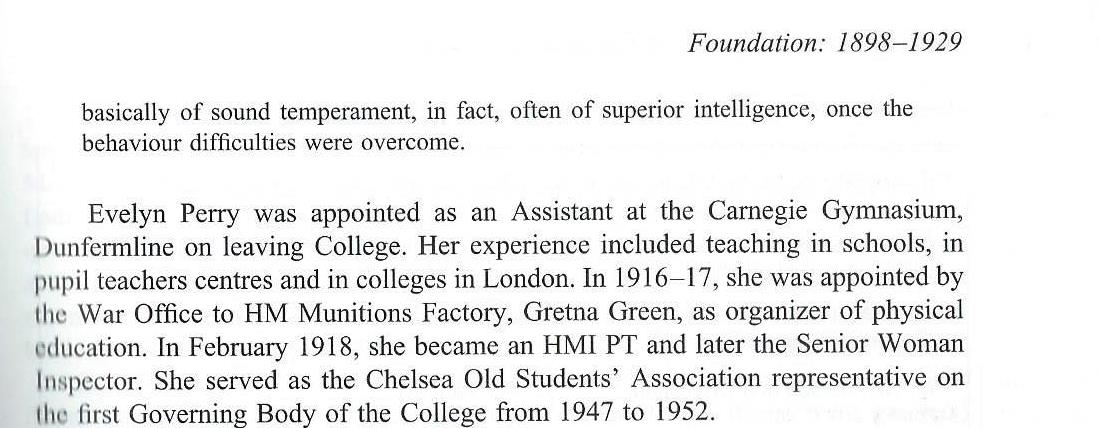

This is the comment that the visitor made:
The players in the photo were not named but one lady in the back row was wearing a deep yoked tunic – often an indication of a trained PE specialist and a small section of a brooch. I rather dismissed her as being Evelyn as she appeared to be wearing the Dunfermline College of Hygiene and Physical Training brooch – see my version [below]. The top looks just visible.
However, on reflection, Evelyn was on the staff of Dunfermline College from at least 1905 – 1907 and may well have been given a brooch although she had trained at Chelsea, probably before brooches were given out [see text below for more information].
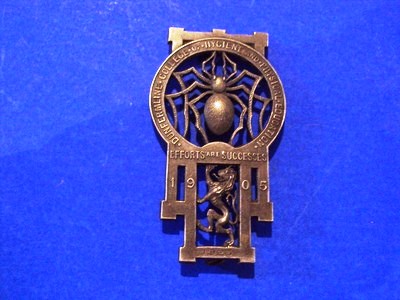
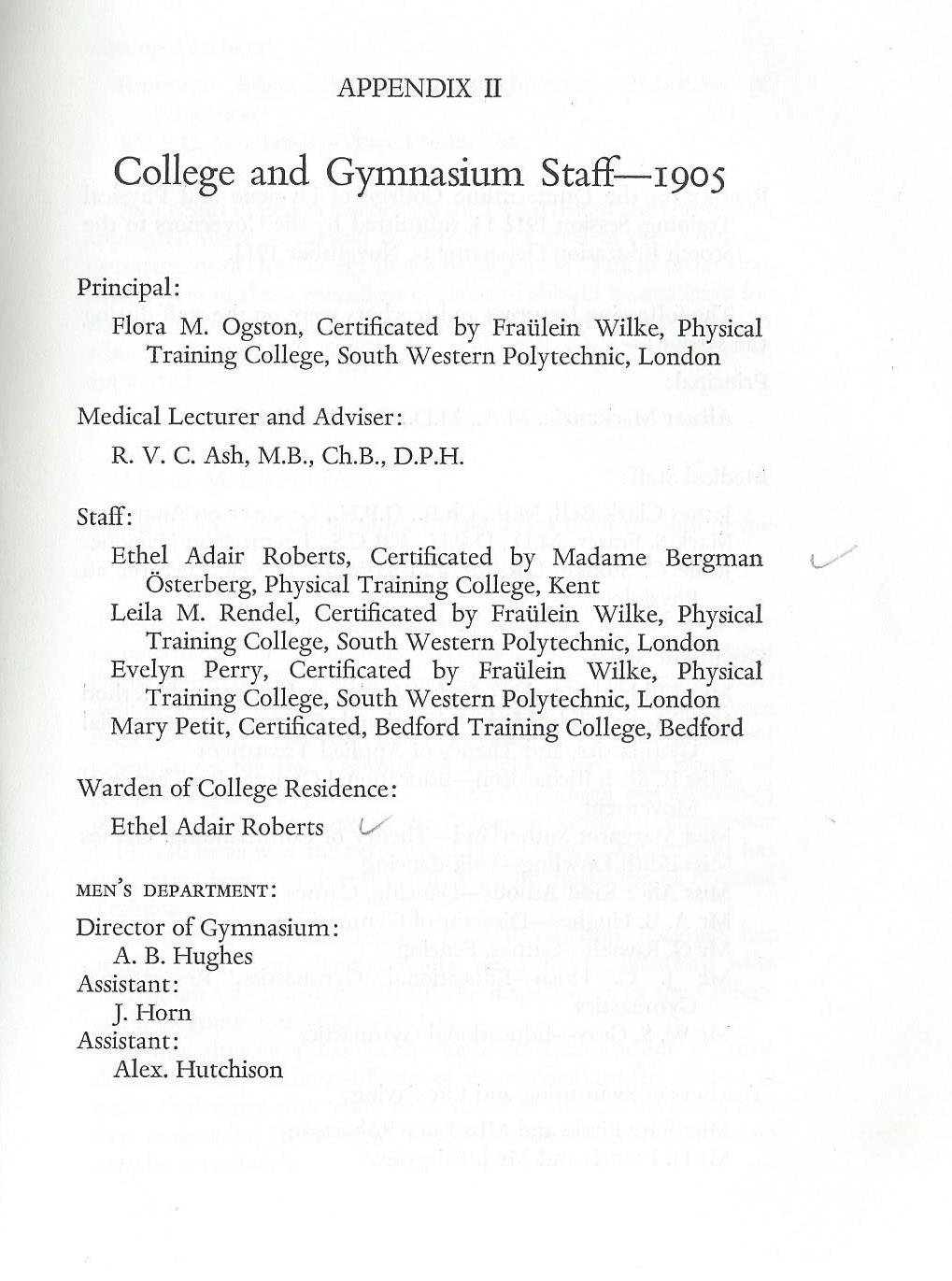
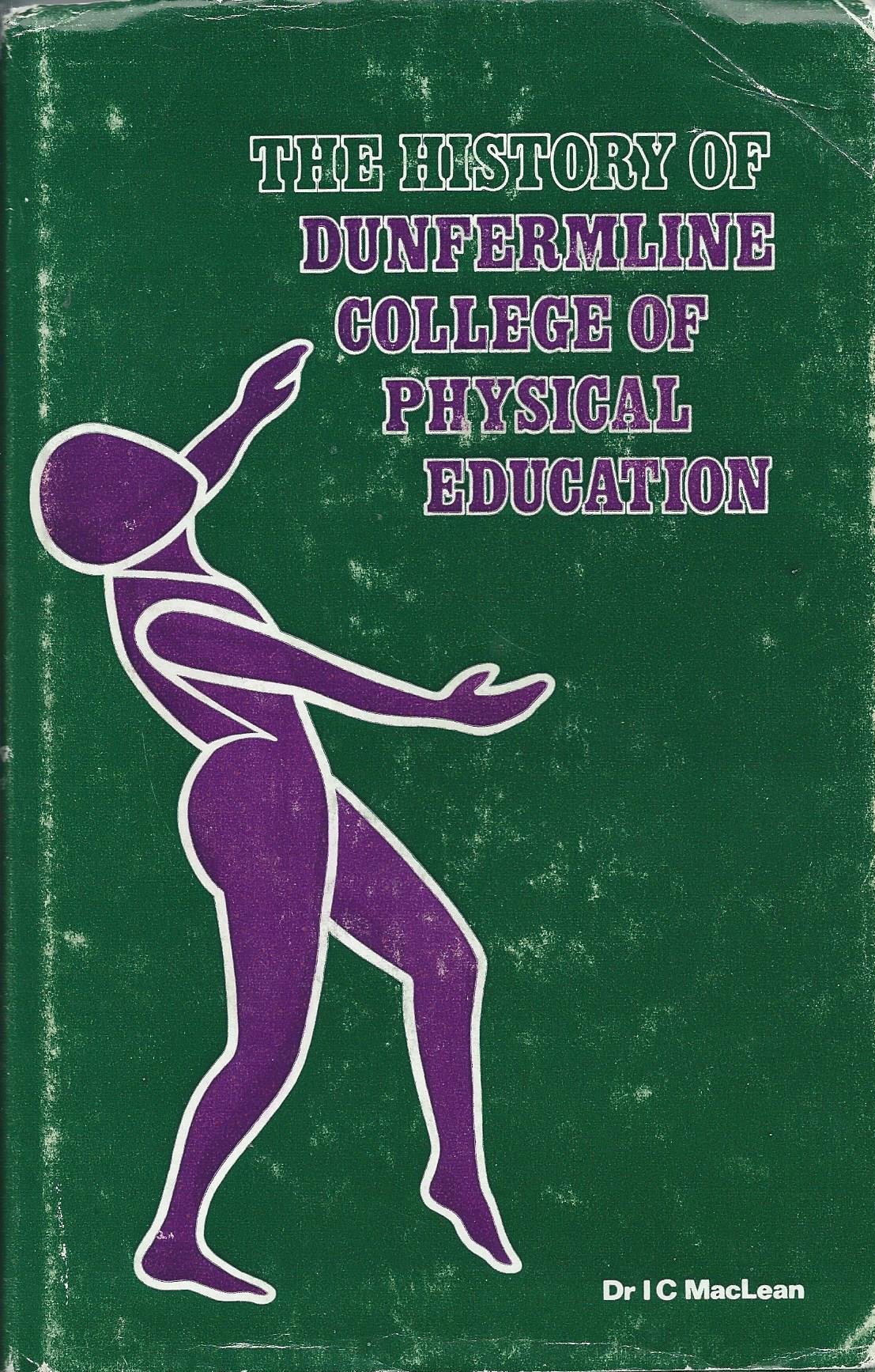
Looking at our records, we were able to find this description of hockey playing at the Factory, it is taken from a record of HM Factory Gretna’s Social and Recreational Department’s activities during World War One.

If anyone knows anymore about this, please do contact the museum as we are always looking to find out more about life here during World War One.